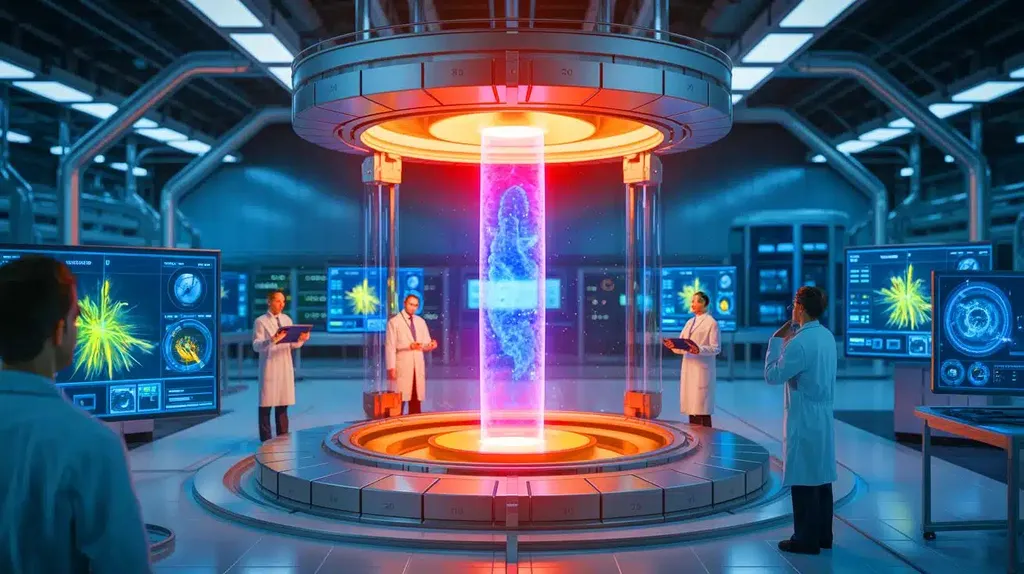In the rapidly evolving landscape of fusion energy, a team of researchers from Princeton University, led by Siqi Ding and Zitong Zhang, is leveraging artificial intelligence to overcome significant computational challenges. Their work, published in the Journal of Computational Physics, focuses on developing fast and accurate solvers for the Grad-Shafranov equation (GSE), a critical equation in magnetic confinement nuclear fusion.
The Grad-Shafranov equation is essential for real-time plasma control and analysis in fusion reactors. Traditional numerical solvers, while precise, are computationally intensive. Data-driven models, on the other hand, offer speed but lack physical consistency and struggle to generalize beyond their training data. To bridge this gap, the researchers introduced a Physics-Informed Neural Operator (PINO) that learns the solution operator of the GSE, mapping shape parameters of the last closed flux surface to equilibrium solutions for realistic nonlinear current profiles.
The team benchmarked five neural architectures and found that the Transformer-KAN (Kolmogorov-Arnold Network) Neural Operator (TKNO) achieved the highest accuracy under supervised training, with a mean L2 relative error of 0.25%. However, all data-driven models exhibited large physics residuals, indicating poor physical consistency. To address this, the researchers employed unsupervised training, embedding physics-based loss terms without labeled data. This approach reduced the residuals by nearly four orders of magnitude.
The researchers also explored semi-supervised learning, integrating sparse labeled data with physics constraints. This method achieved an optimal balance, with a 0.48% interpolation error and robust extrapolation performance, maintaining a 4.76% error even when extrapolating. This represents an 8.9x degradation factor compared to 39.8x for supervised models.
By optimizing the models with TensorRT, the team enabled millisecond-level inference, making PINO a promising tool for next-generation fusion control systems. This research highlights the potential of physics-informed neural networks to accelerate computations in the energy sector, particularly in fusion energy, where real-time control and analysis are crucial for advancing commercialization efforts.
Source: Journal of Computational Physics
This article is based on research available at arXiv.

